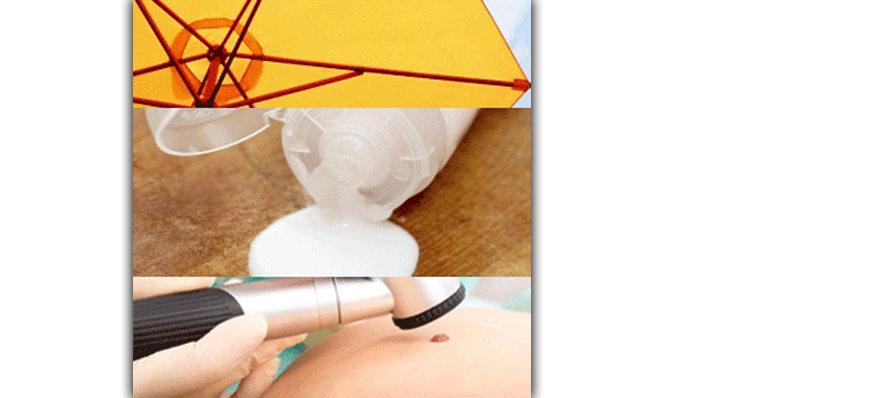Patch testing with 20% dermatophagoides pteronyssimus/farinae (chemotechnique) antigen
Jamora J, Verallo-Rowell VM, Samson-Veneracion MT.
PUBLICATION: American Journal of Contact Dermatitis 2001; 12(2): 67-71
Abstract
BACKGROUND:
Patch testing with dust mite antigens might identify mite-sensitive individuals, particularly those with atopic dermatitis who can benefit from avoidance measures. Currently available dust mite allergens have not been well studied.
Patch testing with dust mite antigens might identify mite-sensitive individuals, particularly those with atopic dermatitis who can benefit from avoidance measures. Currently available dust mite allergens have not been well studied.
OBJECTIVE:
To determine the proper dilution of 20% Dermatophagoides pteronyssinus/farinae mix antigen (Chemotechnique, Malmo, Sweden) for use in closed patch testing.
To determine the proper dilution of 20% Dermatophagoides pteronyssinus/farinae mix antigen (Chemotechnique, Malmo, Sweden) for use in closed patch testing.
METHODS:
Eighteen nonatopic, healthy control subjects were patch-tested to the 20% concentration, yielding 15 (83%) positive reactions, most showing a decrescendo or persistent pattern suggesting an inordinately high number of false positive reactions. Dilutions of 1.25% to 0.1% in white petrolatum were used in patch testing 8 atopic dermatitis and 11 respiratory atopy patients, and 12 nonatopic controls.
Eighteen nonatopic, healthy control subjects were patch-tested to the 20% concentration, yielding 15 (83%) positive reactions, most showing a decrescendo or persistent pattern suggesting an inordinately high number of false positive reactions. Dilutions of 1.25% to 0.1% in white petrolatum were used in patch testing 8 atopic dermatitis and 11 respiratory atopy patients, and 12 nonatopic controls.
RESULTS:
Positive reaction rates to the 0.25% and 0.1% concentrations, respectively, were 87.5% and 62.5% for atopic dermatitis, 54% and 18% for respiratory atopy, and 33% and 8% for healthy controls. Using Fisher’s exact test, the 0.1% dilution was shown to significantly differentiate rates of positivity among the 3 groups, particularly between atopic dermatitis subjects and healthy controls.
Positive reaction rates to the 0.25% and 0.1% concentrations, respectively, were 87.5% and 62.5% for atopic dermatitis, 54% and 18% for respiratory atopy, and 33% and 8% for healthy controls. Using Fisher’s exact test, the 0.1% dilution was shown to significantly differentiate rates of positivity among the 3 groups, particularly between atopic dermatitis subjects and healthy controls.
CONCLUSION:
We find that a 0.1% dilution of 20% D. pteronyssinus/farinae mix antigen (Chemotechnique) to be useful in identifying mite-allergic individuals with atopic dermatitis.
We find that a 0.1% dilution of 20% D. pteronyssinus/farinae mix antigen (Chemotechnique) to be useful in identifying mite-allergic individuals with atopic dermatitis.
Copyright 2001 by W.B. Saunders Company.





